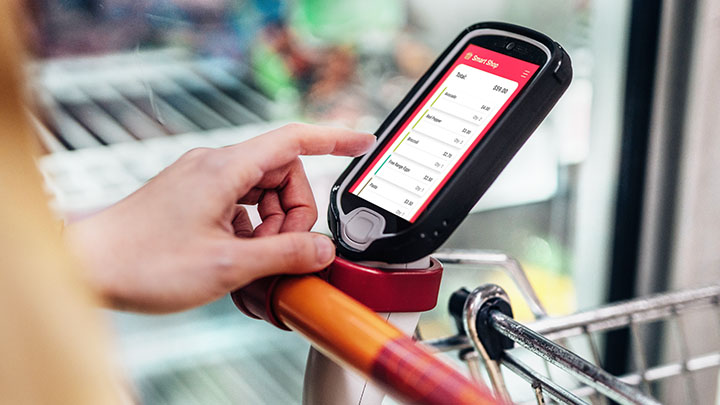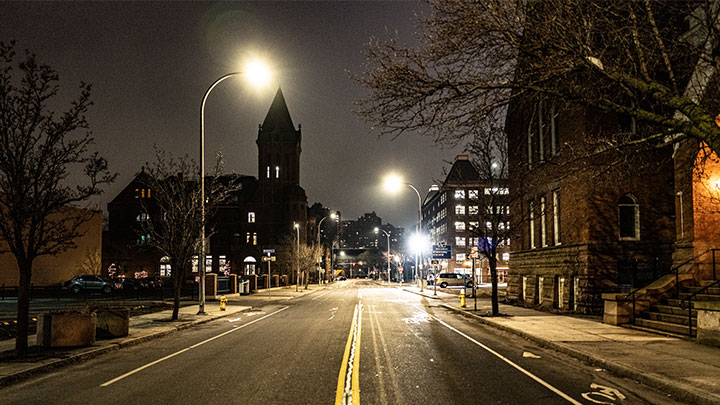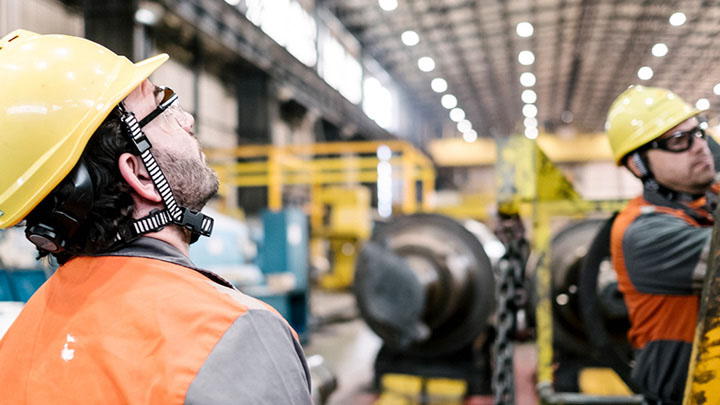By bringing lighting together with data and the Iot, you can create spaces that adapt to your needs, making them more efficient, connected, and sustainable.

Smart controls for guest satisfaction
Smart technology embedded into guest rooms streamlines interactions for guests while ensuring consistent energy management for hotel and resort operators.

Smart controls for green hotels
For hotels. reducing energy usage is key, with rising prices and restricted access to energy sources. Smart controls and connected LED lighting make it easy.

The profit potential of self-search
As shoppers request and get accustomed to the convenience of self-service, there is no better time for retailers to complete this experience with self-search.

Making self-search happen
To make self-search happen, retailers need to get four things right. Signify expert Gerben van der Lugt and Zebra retail strategist Mark Thomson share the details.


Together with Signify, Interact is helping deliver brighter lives and a better world with connected lighting systems and services.



Tell us what you're looking for. Our experts will work with you to design the system that's right for you. If you're a system specifier, find out more about enhancing your client's offering with Interact and request access to tender text.
Join our developer community for access to open APIs and other development tools. You can create personal assistance apps, integrate with building management systems, analyze collected data for new insights, and much more.